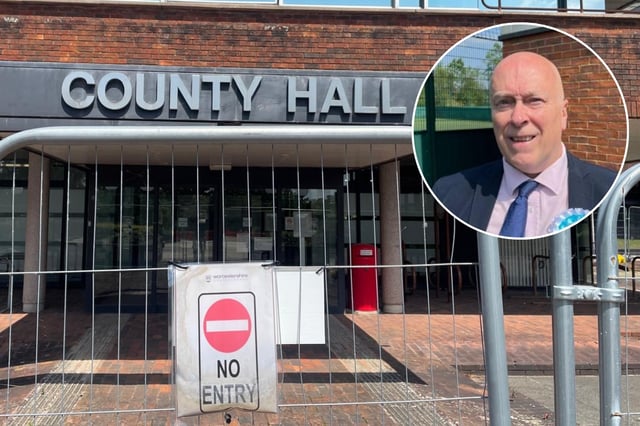Overview
- New analysis shows UK local authority debt reached £122.2bn in April 2025, up £7.8bn year on year to about £1,791 per resident, with 49% of councils increasing borrowing, 14% flat and 37% reducing it.
- The BBC Shared Data Unit reports a near‑tripling of short‑term central government lending, used in some cases to plug day‑to‑day budgets, a pattern the LGIU’s Jonathan Carr‑West likens to “payday loans for local government.”
- City of Wolverhampton Council’s debt rose by £103m to £879.153m (£3,227 per resident), which the authority says reflects prudential borrowing for housing and regeneration, with external auditors raising no issues.
- Solihull’s total reached £349m after receiving £32m of exceptional finance in February, while Peterborough’s debt stood at £525.959m, with officials citing further borrowing needs pending Dedicated Schools Grant clarity.
- Regional snapshots highlight sharp contrasts: North East councils owe £4.35bn with South Tyneside at £4,947 per head and North Tyneside borrowing £28.5m to buy its offices to save £11m over 19 years; Oxford’s debt rose nearly £70m for social housing, Worcestershire County climbed to £600.9m with “extremely fragile” resilience, and Buckinghamshire and Dudley reported reductions.



